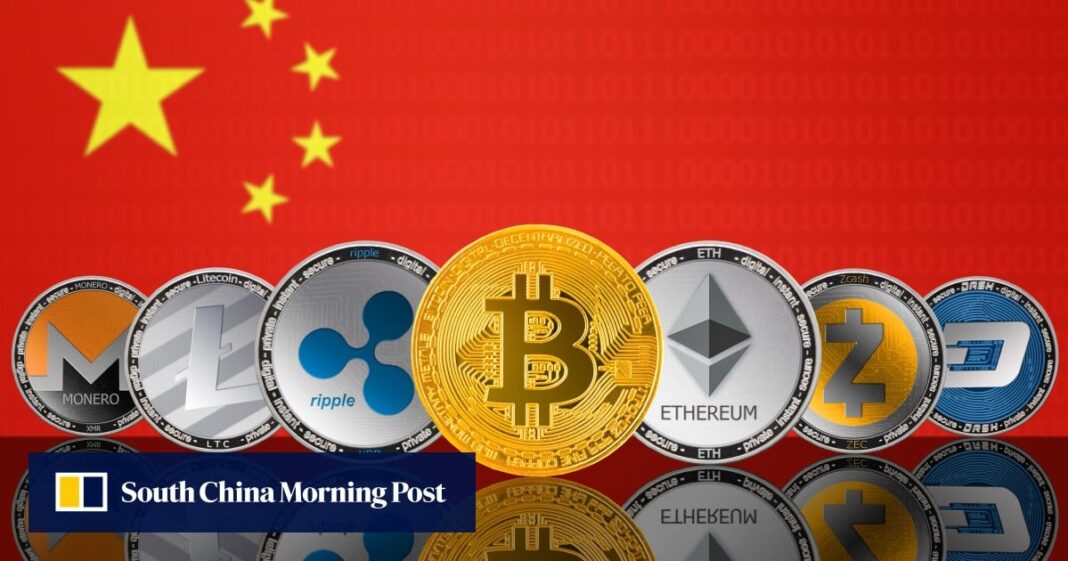Market Pulse
The digital asset landscape is constantly evolving, with regulatory clarity and institutional adoption serving as key growth catalysts. As of October 2025, a significant development is gaining traction: the deepening collaboration between Hong Kong and mainland China in the crypto sector. Experts are increasingly optimistic that this strategic alignment could unlock unprecedented opportunities, positioning the Greater Bay Area as a global hub for Web3 innovation and digital finance, even as mainland China maintains its stringent stance on retail crypto trading.
A Strategic Alliance for Digital Assets
Hong Kong, with its well-established financial infrastructure and progressive regulatory framework for virtual assets, is emerging as the primary gateway for mainland capital and innovation seeking engagement with the global crypto market. This collaboration is not merely theoretical; it involves tangible efforts to bridge technological, financial, and regulatory gaps. By leveraging Hong Kong’s position as a special administrative region, mainland institutions, developers, and even state-backed enterprises are finding avenues to explore blockchain technology and digital asset applications under a regulated and transparent environment. This includes pilots for CBDCs, cross-border payments, and blockchain-based trade finance, creating a symbiotic relationship that benefits both economies.
- Regulatory Alignment: Efforts to ensure interoperability and mutual understanding of digital asset regulations.
- Talent Exchange: Programs facilitating the movement and training of blockchain developers and fintech professionals.
- Infrastructure Sharing: Joint ventures in data centers, cloud services, and secure network infrastructure for Web3 projects.
- Innovation Sandboxes: Shared environments for testing new blockchain applications and digital assets.
Driving Innovation and Capital Inflows
This collaborative environment is expected to fuel a new wave of innovation. Mainland Chinese tech giants, known for their prowess in AI, big data, and mobile payments, can now more effectively deploy their capabilities within Hong Kong’s regulated crypto ecosystem. This could lead to the development of cutting-edge decentralized applications (dApps), novel tokenization schemes, and enhanced blockchain infrastructure. Furthermore, the partnership is likely to attract significant capital inflows. Mainland investment funds, under appropriate regulatory scrutiny, could access Hong Kong’s burgeoning digital asset markets, providing much-needed liquidity and institutional backing for innovative projects. This also offers a more controlled pathway for the vast mainland market to indirectly participate in the global digital asset economy.
Navigating Regulatory Complexities
The elephant in the room remains mainland China’s long-standing ban on retail cryptocurrency trading and ICOs. However, the collaboration with Hong Kong focuses on the technology of blockchain and regulated institutional and enterprise-level digital asset applications, rather than unrestricted retail crypto. Hong Kong’s clear licensing regimes for Virtual Asset Service Providers (VASPs), including exchanges and tokenized securities platforms, provide a robust framework. The challenge lies in ensuring that the flow of innovation and capital respects both jurisdictions’ unique regulatory philosophies, finding a balance between Hong Kong’s open approach and the mainland’s emphasis on financial stability and control. This delicate dance requires continuous dialogue and strategic policymaking to prevent arbitrage opportunities and maintain market integrity.
Potential for the Greater Bay Area
The Greater Bay Area (GBA) initiative, encompassing Hong Kong, Macau, and nine cities in Guangdong province, is a significant economic development blueprint. The crypto collaboration can serve as a potent catalyst for the GBA’s digital economy ambitions. By creating a unified, albeit differentiated, digital asset ecosystem within the GBA, the region could solidify its position as a global leader in fintech and Web3. This strategic move could foster an environment where digital identities, cross-border digital payments, and tokenized trade finance become commonplace, streamlining commerce and investment across the bay area and setting a precedent for other global regions.
Conclusion
The ongoing crypto collaboration between Hong Kong and mainland China, though intricate, represents a pivotal moment for the future of digital assets in Asia and globally. As of late 2025, the groundwork laid suggests a future where Hong Kong acts as a vital bridge, channeling mainland innovation and capital into regulated global crypto markets. While challenges persist in harmonizing differing regulatory philosophies, the potential for driving innovation, attracting investment, and fostering the Greater Bay Area’s digital economy is immense. This strategic partnership could well redefine the regional and international landscape for blockchain technology and digital finance.
Pros (Bullish Points)
- Unlocks significant capital and innovation from mainland China into regulated crypto markets via Hong Kong.
- Establishes Hong Kong as a leading, regulated global gateway for digital assets, bolstering its financial hub status.
- Accelerates Web3 and blockchain development within the Greater Bay Area, setting a model for regional digital economies.
Cons (Bearish Points)
- Challenges in navigating mainland China's strict capital controls and differing regulatory philosophies.
- Risk of over-reliance on Hong Kong's intermediary role, limiting direct mainland participation.
- Potential for political sensitivities to impact the pace and scope of collaboration.
Frequently Asked Questions
What is the core of this Hong Kong-Mainland crypto collaboration?
It's about leveraging Hong Kong's regulated environment to allow mainland institutions and tech to engage with global digital asset markets, focusing on blockchain tech and institutional applications.
How does this align with mainland China's crypto ban?
The collaboration emphasizes regulated institutional and enterprise-level use cases in Hong Kong, carefully avoiding direct retail crypto trading for mainland citizens.
What are the primary benefits for the crypto sector?
It's expected to attract significant capital, drive innovation in dApps and infrastructure, and position the Greater Bay Area as a major Web3 hub.




